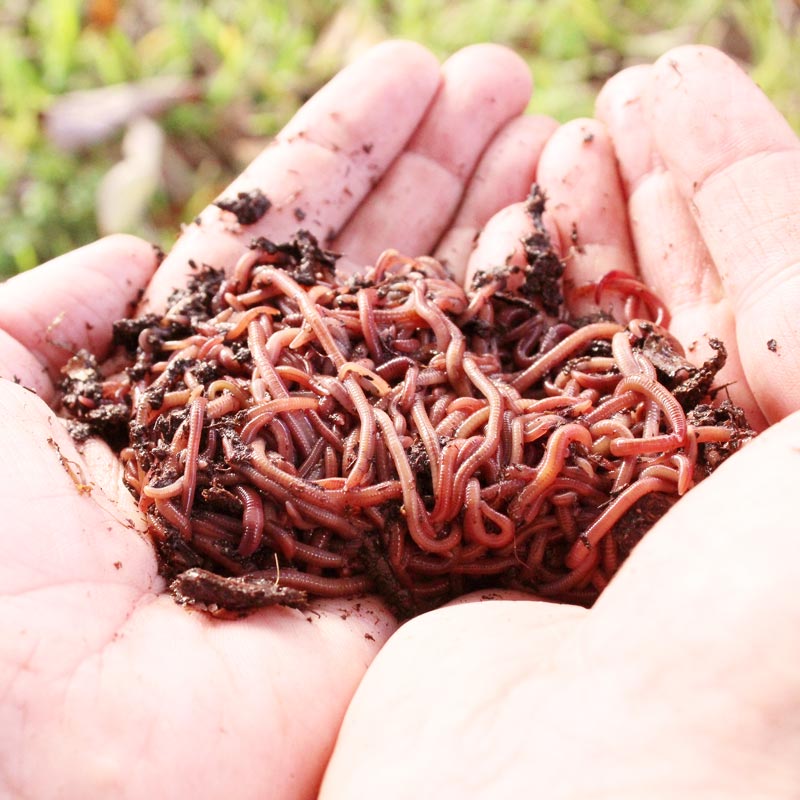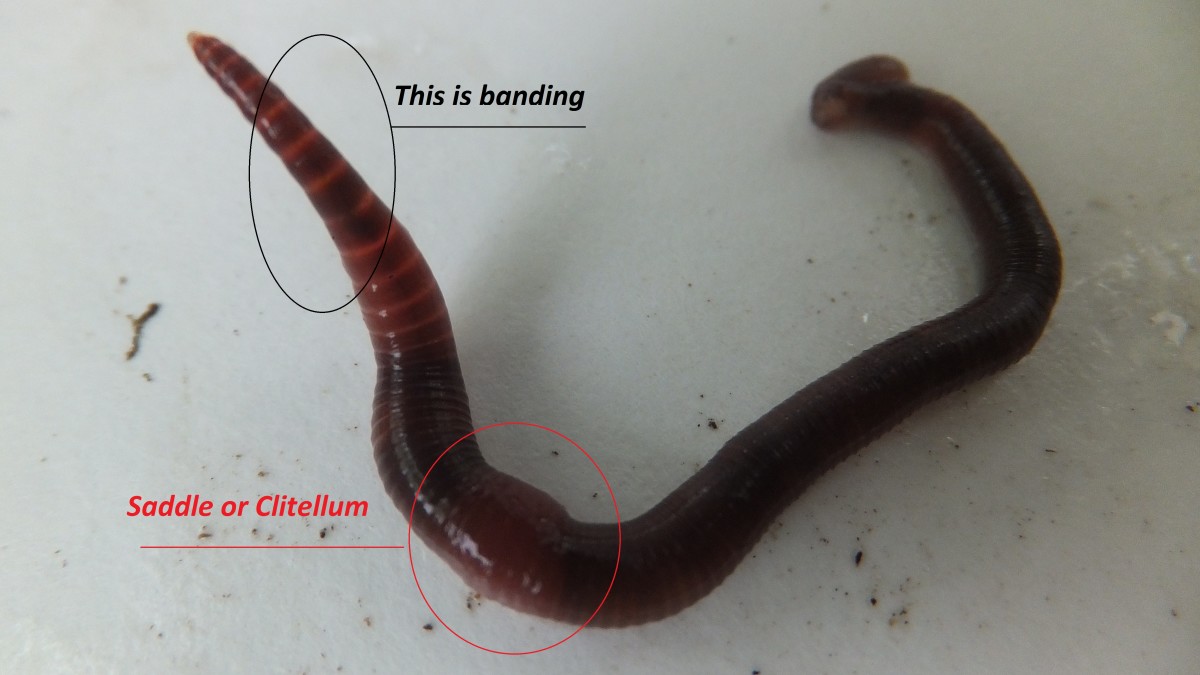Use Lake Hickory Bait for Remarkable Lawn Health and Gorgeous Greens
Use Lake Hickory Bait for Remarkable Lawn Health and Gorgeous Greens
Blog Article
Red Wigglers 101: Everything You Required to Know for Thriving Gardens
Red wigglers, or Eisenia fetida, play an essential duty in sustainable horticulture techniques, serving as reliable decomposers that transform organic waste right into useful vermicompost. Understanding their habitat, nutritional preferences, and the myriad advantages they use can transform your gardening approach.
Recognizing Red Wigglers

Red wigglers thrive in atmospheres rich in natural product and dampness. Red Wiggler Express. They have an unique digestion system that permits them to process food scraps swiftly, excreting spreadings that are loaded with necessary nutrients such as nitrogen, phosphorus, and potassium. These castings enhance dirt framework, enhance water retention, and foster useful microbial activity, all of which add to durable plant health
Moreover, red wigglers can endure in diverse problems, making them adaptable to numerous horticulture practices, including indoor and outdoor composting systems. Their capability to take in large quantities of natural waste daily placements them as valuable allies for both home garden enthusiasts and industrial farmers. By incorporating red wigglers right into horticulture initiatives, one can considerably improve dirt fertility and assistance lasting horticulture methods.
Ideal Environment for Red Wigglers
Creating an ideal setting for red wigglers is essential for optimizing their composting abilities and overall health. Red wigglers prosper in moist, dark, and well-aerated habitats, which closely resemble their native environments in leaf litter and rotting raw material. An ideal environment should supply a temperature range in between 55 ° F and 77 ° F(13 ° C to 25 ° C), as severe temperature levels can stress or hurt the worms.
The bed linen product, such as shredded newspaper, cardboard, or coconut coir, must be maintained damp but not excessively wet, as extreme dampness can result in anaerobic problems damaging to worm health and wellness. Additionally, a pH level between 6.0 and 7.5 is optimal, guaranteeing a well balanced atmosphere.
Proper oygenation is equally vital; it permits oxygen flow and protects against the accumulation of hazardous gases. A container or container created for vermicomposting should have drainage holes to get rid of excess dampness and advertise air movement. Normal surveillance of these problems is crucial for keeping a flourishing red wiggler populace, inevitably improving their performance in damaging down organic waste and enriching garden soil.
Dietary Requirements and Preferences

Red wigglers show certain preferences; they are especially keen on softer, disintegrating materials over tougher or even more fibrous substances. It is important to stay clear of feeding them citrus peels, onion, and garlic in huge quantities, as these can be unsafe. Furthermore, meat, dairy products, and oily foods should be omitted, as they can attract insects and create undesirable odors.
(Red Wiggler Express)Eco-friendly materials, such as vegetable scraps, provide nitrogen, while brown materials, like cardboard and dried leaves, supply carbon. By providing to their dietary requirements, gardeners can cultivate a thriving population of red wigglers in their garden compost systems.
Advantages of Using Red Wigglers
The impressive benefits of making use of red wigglers in horticulture prolong far past their role in composting. These flexible organisms add substantially to dirt health and wellness, boosting nutrition accessibility and advertising microbial activity. By aerating the dirt as they delve, red wigglers improve drain and root penetration, producing an optimum setting for plant growth.
Additionally, red wigglers are efficient recyclers of organic waste, transforming it right into nutrient-rich castings that function as a superb natural plant food. These spreadings contain useful bacteria and vital nutrients, such as nitrogen, phosphorus, and potassium, which are essential for plant advancement. The sluggish release of nutrients from worm spreadings makes certain a constant supply, lessening the danger of nutrient leaching and promoting sustainable horticulture practices.
Furthermore, the visibility of red wigglers can help subdue soil-borne plant conditions. Their digestive processes create substances that prevent harmful pathogens, therefore enhancing plant wellness. Finally, using red wigglers fosters a more lasting horticulture method by lowering dependence on chemical plant foods and promoting a closed-loop system, where waste is changed into useful resources. Generally, including red Your Domain Name wigglers into gardening methods provides a wide variety of ecological and agricultural benefits.
(Lake Rhodhiss Bait)
Composting With Red Wigglers

To start a successful vermicomposting system, choose an appropriate container with proper ventilation and drain. The suitable atmosphere for red wigglers consists of a wet, dark setup with temperature levels in between 55 ° F and 77 ° F. Begin by layering shredded paper, cardboard, and food scraps, making certain a balanced mix of carbon and nitrogen-rich products.
Red wigglers prosper on vegetable peels, fruit scraps, coffee premises, and eggshells, while staying clear of meat, milk, and oily foods that can draw in pests. Regularly keep track of dampness degrees; the bed linen ought to be wet yet not soggy. Harvest worm castings every few months by dividing the worms from the garden compost, which can after that be used directly in gardens or saved for later usage.
Executing vermicomposting not only minimizes landfill waste but also improves garden dirt, advertising healthy plant growth and sustainable gardening practices. Welcome this environment-friendly method to boost your gardening undertakings.
Conclusion
In recap, red wigglers are vital organisms for boosting garden performance via reliable composting. By using red wigglers, gardeners can significantly enhance dirt quality and nutrient accessibility, fostering healthier plant growth.
Report this page